Meet the East Bay Regional Park District Fire Department.
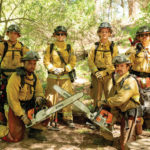
Sign up for our free weekly newsletter and understand everything better!
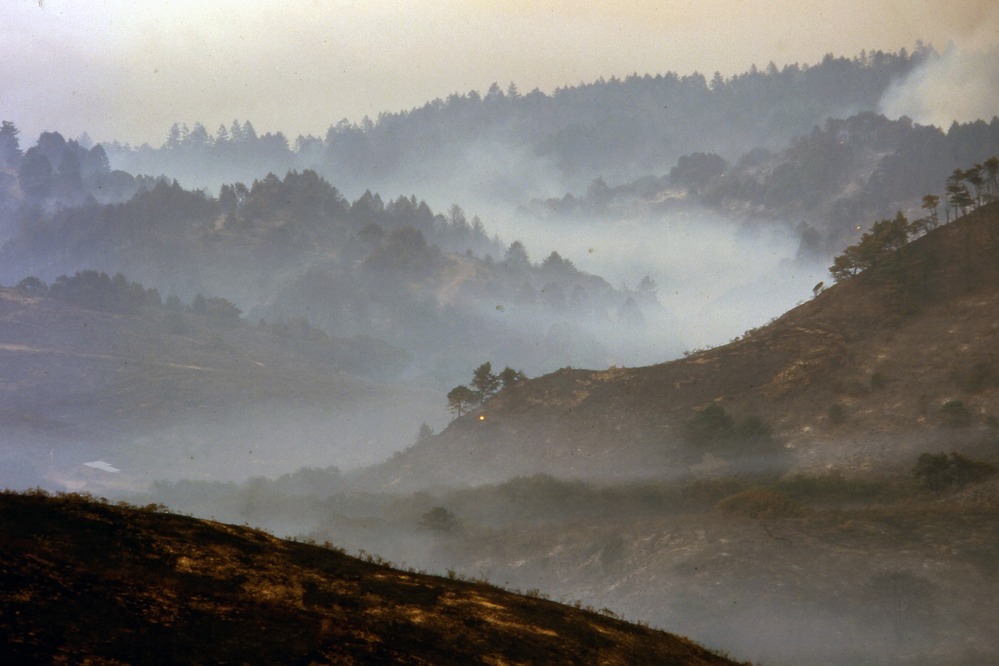

Meet the East Bay Regional Park District Fire Department.
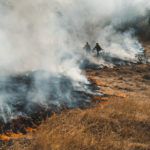
Introducing the first themed issue in Bay Nature’s 20 years of publication.
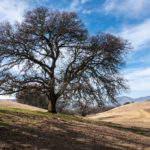
The SCU Lightning Complex fires burned 6,000 acres of East Bay Regional Park District land last year. And already, green ground cover, reptiles, and raptors are returning in Morgan Territory.
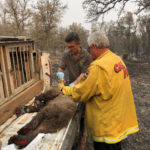
Whereas systems are in place to rescue domesticated animals in the path of fire, until now wild animals have been largely left to their own devices.
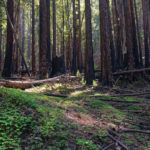
Before the CZU Complex fires of 2020, Henry Cowell Redwoods State Park had not seen fire for a hundred years. Signs of recovery in the park are as varied as the redwood forest ecology itself.
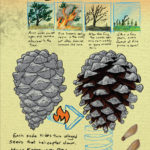
A visual explanation of how fire helps release the seeds of knobcone, bishop, and Monterey pine trees, plus a fun experiment to try at home!
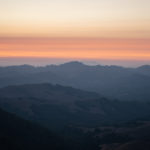
Around the American West, wildfires are increasing in size and frequency. In California, the list of Top-20 records are telling: 15 of the most destructive, nine of the largest, and seven of the deadliest wildfires have occurred since 2015. At … Read more
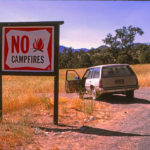
Drought returns to California, with a long fire season ahead.
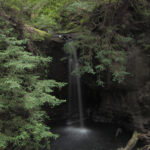
California’s first State Park burned in the 2020 CZU Lightning Fires. Now conservation groups want it to rebuild as the model of state parks for the future.
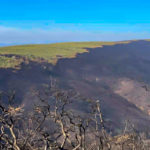
The splash of green on the ashen landscape was unexpected. Marc Hoshovsky, a naturalist retired from a career with California state agencies, was reviewing a satellite photo of areas burned in the LNU Complex fire last fall, hoping to tease … Read more